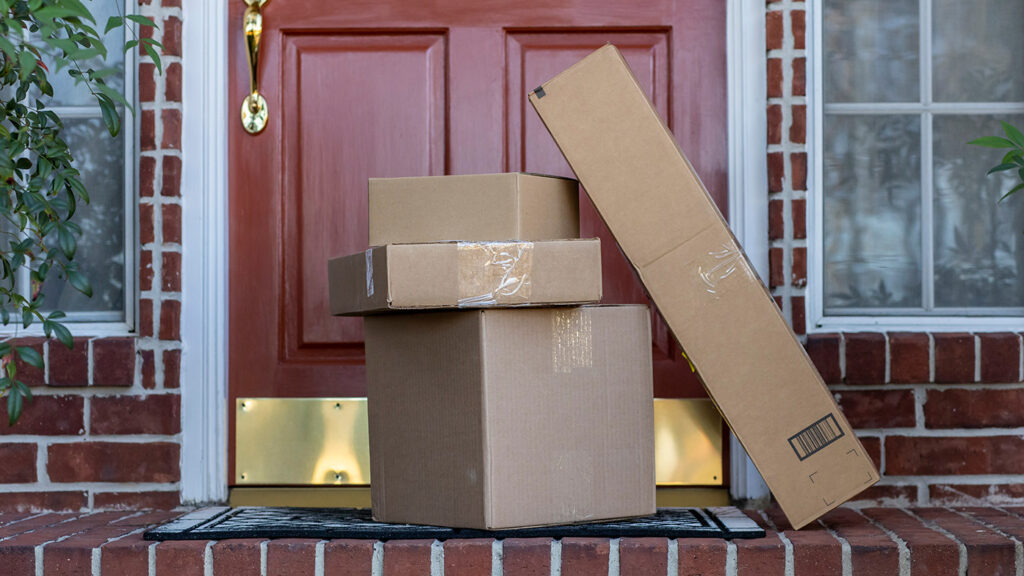Consumer purchasing choices are more frequently predicated by order-to-delivery cycle time than ever before and as a result, corporations are making demonstrable adjustments to their supply chains to maintain or increase their market share. A popular operating strategy among retailers right now is shipping orders from store locations, effectively treating stores as micro-fulfillment centers. Walmart has increased their store-fulfilled delivery sales by more than 200% in recent years, generating $1 billion a month in the [ship-from-store] category and Target has announced a $100 million investment plan to increase their store footprints for next-day deliveries. Boot Barn, a western wear retailer, has added in-store fulfillment giving online customers access to merchandise from more than 300 stores in the U.S. Walgreens has begun an initiative to repurpose 8,700 retail stores to function as both retail outlets and hubs for home deliveries, requiring employees to serve in-store customers and pick and pack items for same-day home delivery.
All of the above is resulting in faster order delivery speed. According to a recent report from Project44, a leading supply chain visibility firm, last-mile order-to-delivery cycle times have moved from 5.8 days in April 2021 to 3.8 days in April of 2023. And peak season parcel capacity constraints are not expected to impede this trend. The U.S. Postal Service, FedEx and UPS have capacity to meet projected demand. UPS and USPS will be hiring 100,000 and 10,000 seasonal workers, respectively, to satisfy peak season throughput requirements. As a result, the parcel industry has capacity to deliver more than 120 million parcels per day. This suggests a 31% capacity surplus when compared to a projected peak season forecast of 82 million parcels per day.
Despite the optimistic trend, picking, packing and shipping orders from a conventional retail store is not a new concept nor is it without challenges. 15 years ago, I was on a business trip and having a few minutes to kill, I walked into a store that had a beautiful window display of flyfishing rods, reels, waders and fly-tying equipment. As a lifelong angler, I was very excited to see what I might buy. When I walked into the store, however, my sentiment quickly changed. The store was a total mess with partially packed UPS boxes on the floor, mixed with partially set up merchandise displays. There was wall-to-wall and floor-to-ceiling work-in-process inventory. I could barely navigate the store without tripping over merchandise or knocking something over. As a concerned supply chain practitioner, I asked the retail associate: “Why do you have so much inventory in this location?” He responded: “We do e-commerce order fulfillment from this location as well as walk-in retail.”
E-commerce order fulfillment from a brick-and-mortar retail store requires that location to, at a minimum, double their demand forecast, inventory holding requirements and order processing labor capacity. Most legacy retail locations are not designed or built for this type of incremental step change in volume or processing capacity. As a result, the implementation of a ship-from-store operating strategy is by no means a plug-and-play decision. It requires that physical locations be retrofitted to hold more inventory, accommodate additional associates to do online order picking, packing and parcel trailer loading…while maintaining a pleasant in-store buying experience for walk-in customers. It is a difficult balance to achieve not only from a real estate perspective but also from an analytical perspective. Multi-channel storefronts will require more granular demand forecasting, inventory targeting, and merchandise rationalization to ensure that every cubic foot of a location is optimally utilized. Thinking back on my experience in the flyfishing store, I never bought anything in the store or online because I was so disenchanted with my in-store experience. Retailers should proceed into the ship-from-store strategy thoughtfully to ensure their customers don’t have the same experience.

 Brewster Smith
Brewster Smith

 Aaron Jodka
Aaron Jodka
 Craig Hurvitz
Craig Hurvitz